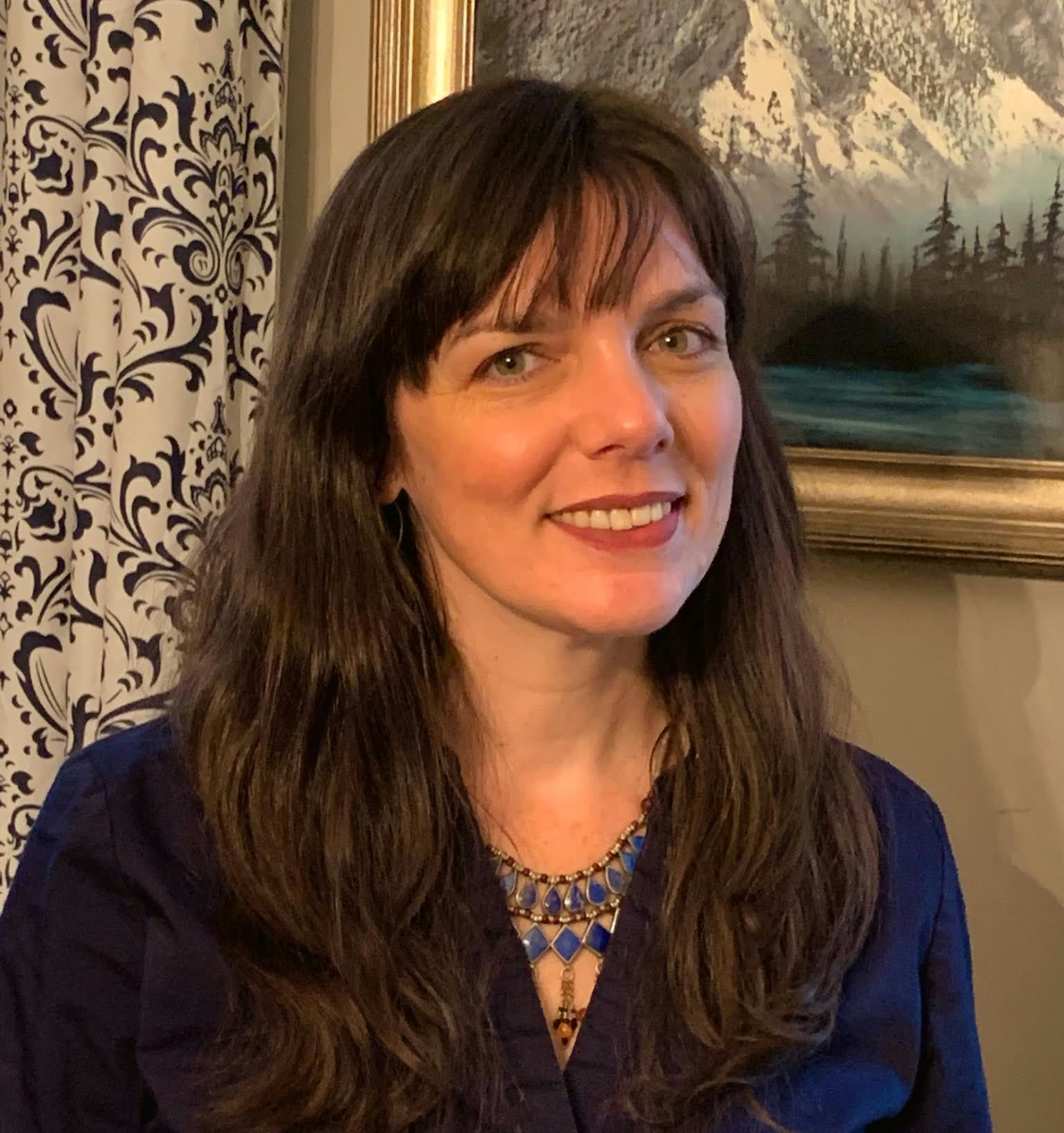Building Tolerance for Somatic Healing
- Anna Kilmer

- Jul 1, 2024
- 3 min read

All trauma is experienced in the body and stored in the body until it can be digested and released. Many trauma survivors neglect or abuse their bodies in an attempt to disconnect from overwhelming emotions or sensations. This makes sense, and it can keep us stuck. We can learn to move and use our bodies in ways that honor our whole selves in preparation for releasing the discomfort we experience in our bodies. When I suggest we begin to develop healthier ways of relating to our bodies, I’m not talking about developing “healthy habits” and sticking to them. I’m talking about learning to be present with our bodies in ways that feel safe and manageable so that our bodies can become assets in our healing.
Moving your body doesn’t necessarily mean exercise in the traditional sense. Breathing is movement. Many trauma survivors experience significant depression, fatigue, hypervigilance, and anxiety that block the body’s tendency toward movement. This is completely understandable – it’s a trauma response. However, when the body’s emergency response system remains activated after the immediate threat has passed and we don’t move, we’re reinforcing the message that it isn’t safe to move. The less we move, the less safe and secure we feel. The less safe and secure we feel, the less we move. We need to allow ourselves to move so that the body can learn what is safe now, even if it wasn’t safe then. Movement also creates space for whatever is stuck or trapped inside to become unstuck. Perhaps it’s helpful to walk, run, dance, play sports, or practice yoga. Perhaps simply attending to your breath, inviting air to move more fully and intentionally into and out of your body, is the most helpful place to start.
For some trauma survivors, movement feels safe and being still feels dangerous. Our bodies may be in fight or flight, and we keep moving because that’s what helped us to survive then. In this case, we may need to slow down, create time and space for rest, so that our bodies can learn that it’s safe to slow down and rest now. This may look like creating more breaks in your day, walking and driving at a slower pace, speaking more slowly so that you can hear yourself talk, pausing periodically to ask yourself what you’re doing right now, why you’re doing it, and how it’s impacting your body.
What does it mean to “honor your whole self”? All human beings have some need for action and some need for rest. We need physical safety, shelter, food, and water. Because human beings are social animals, we need some amount of connection and safe touch. All of this involves the body. We need our bodies. Many trauma survivors hurt their bodies to detach from pain and/or to punish themselves in an effort to avoid future pain. If I’m attempting to protect myself from pain or discomfort by doing things that hurt my body, or hurt any part of me, I may actually be feeding and prolonging that pain. It can become a vicious cycle: the more I attempt to escape the pain, the bigger the pain becomes, the more I want to escape the pain, and on and on. When I honor my whole self, I take care of my body’s needs and make efforts to avoid behaviors that hurt my body.
If we take stock of how we already move and use our bodies, we can probably identify some helpful ways that we move in daily life and some ways in which we use our bodies that honor the whole self. Do you sleep at all? Our bodies need sleep, so getting sleep is good for the whole self. Do you stretch occasionally? That’s movement. We may need to gently push ourselves to make some changes, and we don’t have to change everything all at once. Many people find that making and appreciating small changes in how we relate to our bodies has a much more profound and lasting impact than making lots of big changes all once.
Our bodies have been with us through every single experience we’ve had in this lifetime, and our bodies deserve healing as much as any other part of self. Somatic healing occurs when we connect with our bodies and allow the pain to move through and out. This may be a process that we need to work up to along the path to trauma recovery. The more we attend to and take care of our bodies, the more our bodies will have to offer us in return.

